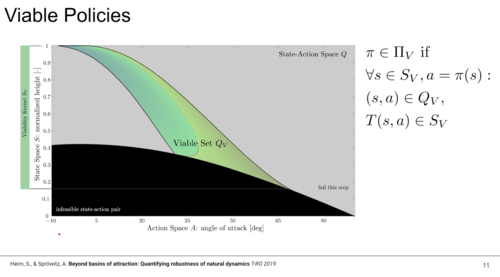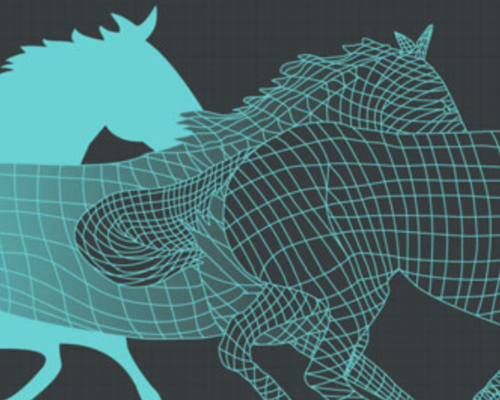4 results
(View BibTeX file of all listed publications)
2023
An Open-Source Modular Treadmill for Dynamic Force Measurement with Load Dependant Range Adjustment
Sarvestani, A., Ruppert, F., Badri-Spröwitz, A.
2023 (unpublished) Submitted
Ground reaction force sensing is one of the key
components of gait analysis in legged locomotion research. To
measure continuous force data during locomotion, we present a
novel compound instrumented treadmill design. The treadmill is
1.7 m long, with a natural frequency of 170 Hz and an adjustable
range that can be used for humans and small robots alike. Here,
we present the treadmill’s design methodology and characterize it
in its natural frequency, noise behavior and real-life performance.
Additionally, we apply an ISO 376 norm conform calibration
procedure for all spatial force directions and center of pressure
position. We achieve a force accuracy of ≤ 5.6 N for the ground
reaction forces and ≤ 13 mm in center of pressure position.
2020
Beyond Basins of Attraction: Quantifying Robustness of Natural Dynamics
Heim, S., Badri-Spröwitz, A.
May 2020 (talk)
2019
Das Tier als Modell für Roboter, und Roboter als Modell für Tiere
Badri-Spröwitz, A.
In pages: 167-175, Springer, 2019 (incollection)
2018
Impact of Trunk Orientation for Dynamic Bipedal Locomotion
Drama, Ö.
Dynamic Walking Conference, May 2018 (talk)
Impact of trunk orientation for dynamic bipedal locomotion
My research revolves around investigating the functional demands of bipedal running, with focus on stabilizing trunk orientation. When we think about postural stability, there are two critical questions we need to answer: What are the necessary and sufficient conditions to achieve and maintain trunk stability?
I am concentrating on how morphology affects control strategies in achieving trunk stability. In particular, I denote the trunk pitch as the predominant morphology parameter and explore the requirements it imposes on a chosen control strategy.
To analyze this, I use a spring loaded inverted pendulum model extended with a rigid trunk, which is actuated by a hip motor. The challenge for the controller design here is to have a single hip actuator to achieve two coupled tasks of moving the legs to generate motion and stabilizing the trunk. I enforce orthograde and pronograde postures and aim to identify the effect of these trunk orientations on the hip torque and ground reaction profiles for different control strategies.




